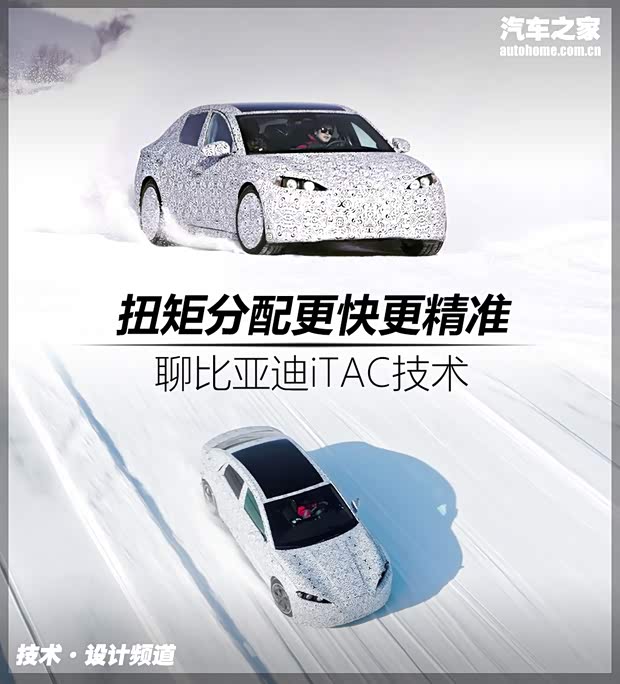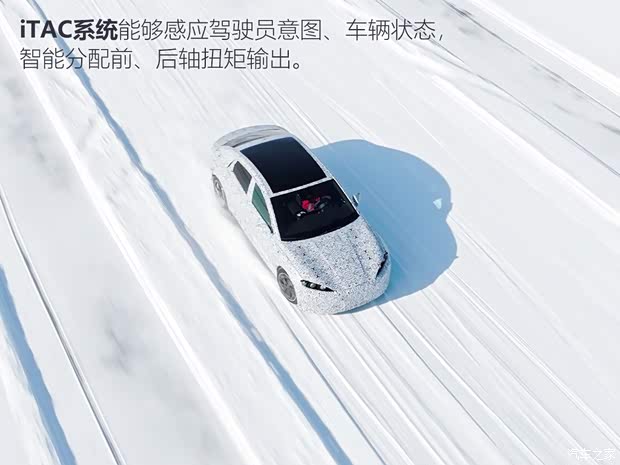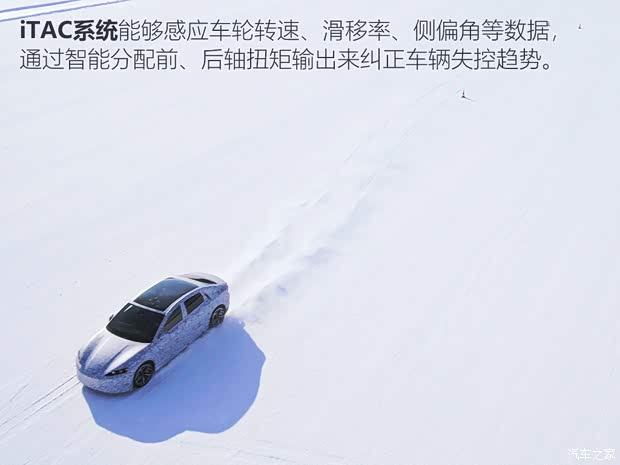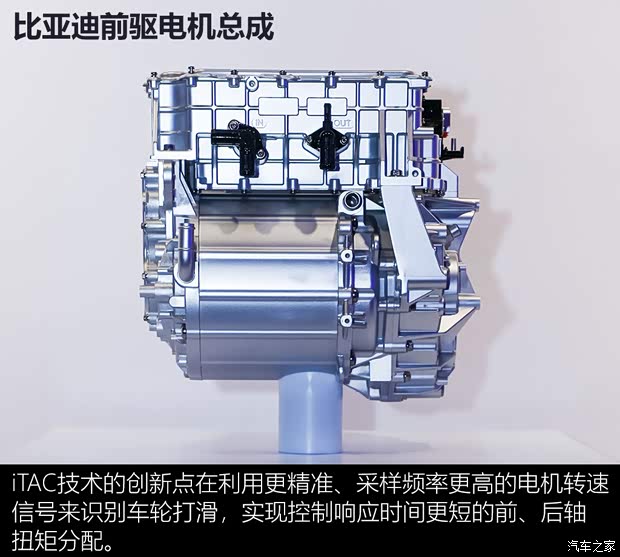The 2024 version of the new C-NCAP regulation is speeding up the test. How did BYD Xia perform in this test?
[car home Electric Vehicle Technology] Recently, BYD iTAC (Intelligent Torque Adaptation Control) was officially released. Car home has the opportunity to test-drive a test car equipped with this technology first. What is the use of this innovative intelligent torque control system? What is the working principle behind it? Let’s take a look at it together.

● What functions does ITAC realize?
ITAC is based on the extremely fast response speed of motors, which can adjust the output torque of each motor in real time, minimize the dynamic change of vehicles, and greatly improve the safety, comfort and handling of vehicles.

For example, when starting on a slope with low adhesion, iTAC system can accurately control the output torque to avoid wheel slip caused by excessive torque; At the same time, on the ramp (for example, when the front of the vehicle points to the top of the slope), the load on the rear axle is greater, and the rear wheel has greater grip, so the system will distribute more torque on the rear wheel, thus improving the starting and driving efficiency of the vehicle on the ramp.

When the driver suddenly steps on the accelerator to accelerate, the center of gravity shifts backward, the load on the front axle decreases, and the load on the rear axle increases. The system will distribute more torque on the rear wheel, which will improve the speed-up performance and driving efficiency of the vehicle.

For example, when the vehicle has the trend of understeer, the system will appropriately reduce the torque output of the front axle and increase the torque output of the rear axle, so that the cornering characteristics of the vehicle tend to neutral steering and improve the maneuverability and safety of the vehicle; When the vehicle tends to oversteer, the system will appropriately increase the torque output of the front axle and reduce the torque output of the rear axle, so that the cornering characteristics of the vehicle tend to neutral steering. The following official video briefly introduces iTAC technology and recommends you to watch it.
More exciting videos are all on the car home video platform.
"BYD iTAC Technology Introduction Video"
● Where is the innovation of ITAC technology?
The innovation of iTAC technology is not in the logic of torque distribution control, because some of the working logic mentioned above has been very common in mainstream four-wheel drive systems. Whether it is a pure electric four-wheel drive vehicle or a fuel four-wheel drive vehicle, the torque distribution of the front and rear axles also follows the above basic logic.

This involves the resolver sensor which can improve the output frequency and accuracy of motor speed signal and the motor with faster torque response than the traditional fuel engine.

The larger minimum scale of the rotation angle means that the angular resolution of the traditional wheel speed sensor is low. At the same time, the wheel speed can be calculated by using the time difference between two adjacent pulse signals of the wheel speed sensor. Therefore, the higher the wheel speed, the higher the frequency of wheel speed information output by the electronic control unit.
When the vehicle starts, when the wheel speed is very low, the frequency of the wheel speed signal is also low, which makes the electronic control unit judge the wheel slip rate at a low frequency, and can’t keenly identify the wheel slip trend. As a result, when the wheel slips, the response of ESP to intervene in controlling the wheel slip is slow, and it is often necessary for the wheel to intervene to brake the slipping wheel when it is obviously slipping and idling, resulting in unnecessary energy loss.

At the same time, according to the signal of the resolver sensor, the electronic control unit can calculate the wheel speed at a frequency exceeding 200Hz, and can keenly identify the wheel slip trend, and predict the wheel speed change more than 50ms earlier than before.

Compared with the traditional ESP hydraulic control method to brake the slipping wheels, the speed of reducing the motor output torque by using the electronic control system is much faster, and the control speed is more than 10 times faster. Therefore, the model equipped with iTAC system can effectively avoid wheel idling and slipping, reduce energy loss and improve the driving efficiency of the vehicle.
● Relationship between ITAC and dTCS
DTCS(distributed TCS) previously announced by BYD is simply a part of ESP electronic body stability program. The innovation of dTCS is to simplify the electronic and electrical architecture, achieve lower traction control delay and optimize the system performance.

ESP mainly improves the driving stability of vehicles by reducing the torque and braking. iTAC can not only reduce the torque, but also dynamically adjust the torque distribution of front and rear axles, which contributes to the driving stability, handling, safety and energy saving level of vehicles.